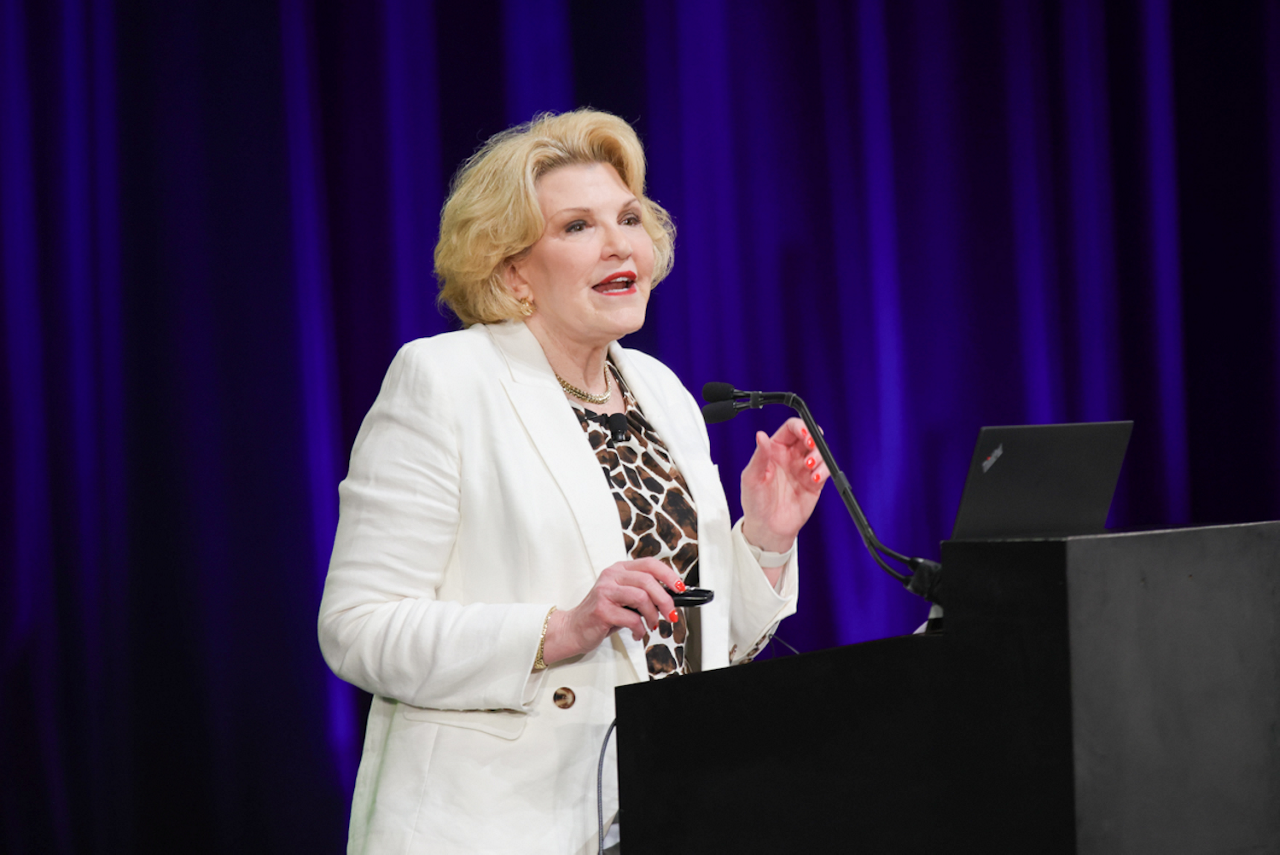When I reflect on my performance as a leader, I ask myself a simple question: “Am I the leader I always wanted to work for?”
I’ve spent more than 35 years in corporate settings, and my career has taught me many lessons about the kind of leader I want to be — but I may have learned even more about the type of leader I don’t want to be.
Instead, forward-thinking leaders must shift their mindsets away from giving directives to empowering teams to create, collaborate, and optimize.
Why Teams, Not Just Individuals, Need Empowerment
The traditional way of leadership, centered on command and control, puts decision-making power in the hands of only a few people. We may be accustomed to this approach, but it endangers the success of our organizations. Top-down leadership inhibits the checks and balances that let new ideas in and drive businesses forward.
It also prevents organizations from fully benefiting from the talent they’ve invested in. As leaders, it’s up to us to elicit the best from our people. But we can’t do that with a rigid approach to leadership. To unlock perspectives and potential, we must create an environment where our team members are valued and encouraged to contribute.
When we create workplace cultures where everybody can thrive, our teams will perform better. Why? Because we’ll be leveraging individual strengths for team success — allowing space for everyone to see their impact and value.
The 2025 SHRM State of the Workplace report underscores this point, naming employee experience as a strategic priority directly tied to retention and engagement. The data shows that key drivers of a positive employee experience — teamwork, purpose, fairness, and recognition — are precisely the outcomes of empowered teams.
By focusing on team-level empowerment, not just individual enablement, organizations can close the gap and create workplaces where employees are not only more productive but more committed to staying.
Key Strategies to Make the Shift to a Team-Focused Approach
Moving from an individual-focused talent strategy to a team-focused one doesn’t have to be complicated. Instead, focus on simple changes that position your teams to make their best contributions.
Foster Psychological Safety
When I hire a new employee, I initially select based on a candidate’s skills and expertise. However, a positive work environment can truly unlock the potential of talent once they’re on the team and feel psychologically safe. High-performing teams are unified under a shared belief that team members can take risks, voice ideas, and admit mistakes without fear, according to research from Google’s Project Aristotle.
As leaders, it’s critical that we create a workplace culture where we welcome teams to contribute to our organizations’ overall effectiveness.
Something I’ve practiced throughout my leadership career to foster psychological safety on my team is something I call “Tea with Tamla.” During this weekly gathering, I invite my entire team to share insights, offer ideas, and give feedback … unfiltered and unscripted. I expect everyone to contribute — no observation is too insignificant to share.
Showcase Your Own Vulnerability
Leaders must be vulnerable to create psychological safety. We can start by admitting that our success as leaders is dependent on the success of our teams. We also need to admit that we don’t know all the answers and that we need advice, counsel, and support.
When you display vulnerability, you make it safe for your people to ideate and offer suggestions that may be wrong.
Of course, it’s not enough to say we value vulnerability. Vulnerability has to be in the DNA of our organizations. It’s about creating a workplace where people are confident that their opinions are valuable and that if they make a mistake, they’ll be treated with dignity.
Ensure Each Team Member Knows Their Purpose
To truly empower teams, it’s critical to ensure each team — and each team member — understands how its work contributes to the company’s goals and mission. Earlier this year, each employee at SHRM Linkage examined their role, responsibility, and accountability to the overall effectiveness of our organization – a process aligned with the principles of one of our very own SHRM Linkage models, Purposeful Leadership, which emphasizes clarity, alignment, and impact as key drivers of team success.
The purpose of that exercise was for all employees to see how they further our company’s overarching goals. We also studied the interdependencies between teams so that individuals could see how their work upholds that of their co-workers, even those in an entirely different part of the company.
This exercise marks an intentional shift from the top-down model, where company leaders might hand down goals and objectives. Instead, take a collaborative approach, where each employee plays a part in defining our trajectory, naming their contributions, and charting their interdependencies.
Drive Your Organization’s Potential with a Focus on Team Culture and Collaboration
When I ask myself whether I’m the leader I always wanted to work for, I usually find the answer by looking at the teams reporting to me. If they feel like their colleagues and I value their ideas and contributions, then I’m doing something right.
I know that it’s the sum of individual parts that creates a collective difference. And the more leaders channel that mindset in building their teams, the more their organizations can grow.
Optimizing talent and building highly effective teams means developing everyone’s strengths and skills.
SHRM Linkage Institute works with teams to meet the unique needs of talent across all stages of leadership development, empowering organizations to harness their full potential and drive business results.





